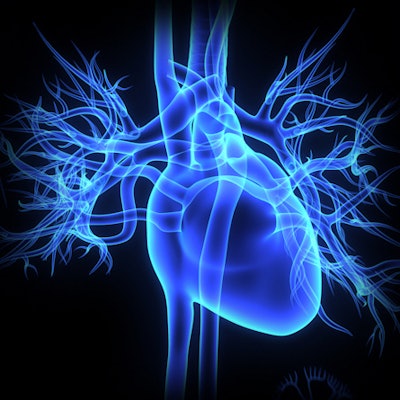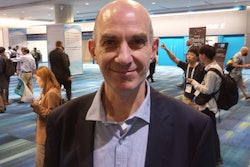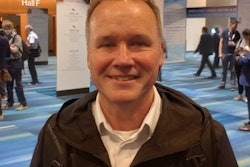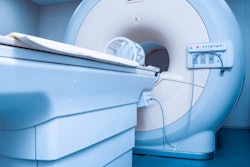
TORONTO - Thirty-minute cardiac MRI exams are poised to enter mainstream clinical practice, according to a talk delivered June 4 at the International Society for Magnetic Resonance in Medicine (ISMRM) meeting.
And not only is it possible to conduct 30-minute cardiac MRI scans but it is also key to improving patient care and making radiology sustainable, noted presenter Kate Hanneman, MD, of the University of Toronto.
"Thirty-minute cardiac MR is feasible and benefits patients, the healthcare system, and the environment," she told session attendees.
Radiologists must keep in mind just how much effect medical imaging has on greenhouse gas emissions, Hanneman said: Healthcare contributes between 4% and 10% of total emissions around the world, with radiology contributing 1% of that.
"The energy consumption of CT and MRI scanners is about 4% of total yearly hospital energy," she explained, noting that annual energy use of one MRI scanner is 83 to 171 megawatt-hours (MWHr), while energy produced by a passenger vehicle is 7.4 MWHr and by home electricity use is 8.7 MWHr.
Most cardiac MRI protocols stand at 60 minutes or more, which can translate to inhibited access to the modality, patient discomfort, and high energy emissions and costs, according to Hanneman -- and these long protocols give cardiac MRI a bad rap.
"Long scan times perpetuate the perception of cardiac MRI as a high-cost investigation, and limits wider adoption [of the exam] in an increasingly cost-conscious healthcare environment," she said.
There are quite a few good reasons to develop a 30-minute cardiac MRI exam, from boosting the effort to provide patient-centered care and workflow efficiency to improving image quality and reducing the number of images to interpret. She listed several ways to achieve this goal:
- Manage nonproductive scanner time. "Improve scheduling efficiency, [boost the number of patients] per scanner, and make use of power off and power save modes," she urged.
- Use appropriate, abbreviated protocols, rather than taking a "kitchen sink" approach. "Target the protocol to a specific question and application," she said.
- Reduce the number of sequences. "Reduce nondiagnostic images and thus the need for repeats," Hanneman said.
- Acquire images faster. "Use 3D and 2D datasets and AI," she advised. "Technical developments and AI will lead to shorter cardiac MR scan times."
Hanneman conceded that it may not be that easy to change department culture from typical 90-minute cardiac MRI exams to 30-minute ones, but she encouraged session attendees to make the effort.
"[It's a change management issue]," she said. "Engage [department] technologists, leadership, and radiologist, and [expect the changes to be incremental]."



















